Paul Volcker, Fed Chairman from 1979 to 1987, passed away in 2019. However, poignant words from his book Keeping At It, The Quest for Sound Money and Good Government may haunt the Fed today. In his book published in 2018, Paul Volcker offers the following advice.
The real danger comes from encouraging or inadvertently tolerating rising inflation and its close cousin of extreme speculation and risk taking, in effect standing by while bubbles and excesses threaten financial markets. Ironically, the “easy money,” striving for a “little inflation” as a means of forestalling deflation, could, in the end, be what brings it about. That is the basic lesson for monetary policy. It demands emphasis on price stability and prudent oversight of the financial system. Both of those requirements inexorably lead to the responsibilities of a central bank.
Paul Volcker’s advice is crucial today. Inflation has retreated from levels last seen during Volcker’s reign but remains high. Furthermore, some economists are concerned it may be sticky or drift higher. At the same time, an “easy money” market perception of the Fed is fueled by expectations the Fed will cut rates and reduce QT. Accordingly, “extreme speculation and risk-taking” is occurring in specific sectors. Getting inflation to target remains the Fed’s priority, but they are worried that excess liquidity is dwindling. Accordingly, they are torn between easy money policies and tough monetary medicine. Paul Volcker posthumously argues that focusing on price stability and reducing speculation is Powell’s “responsibility.”

What To Watch Today
Earnings
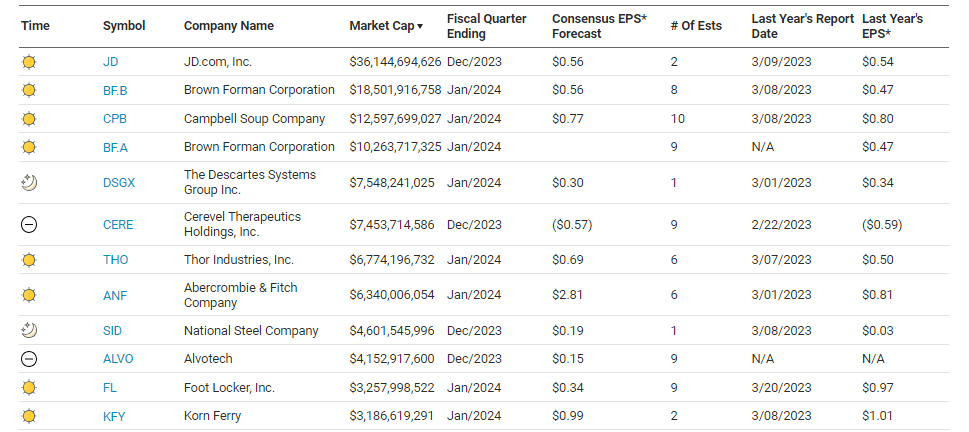
Economy
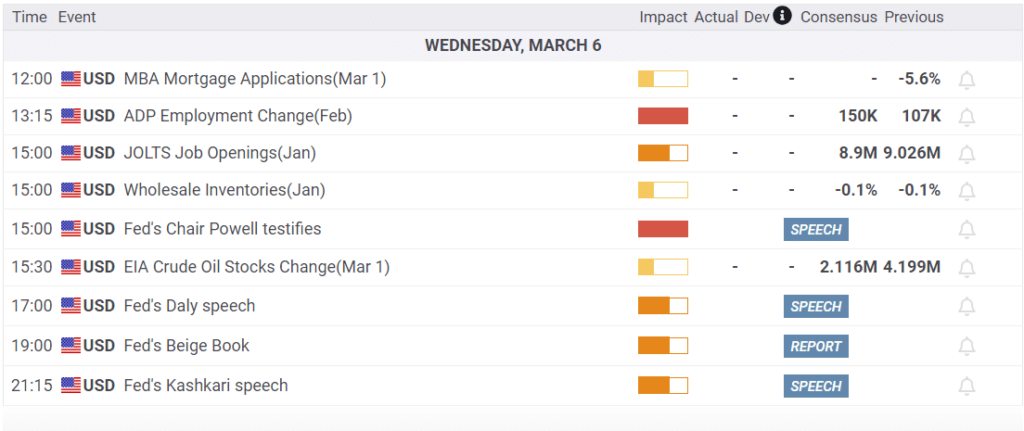
Market Trading Update
Like clockwork, the sellers showed up yesterday to push stocks lower after testing the upper end of the trading range. As noted yesterday, the trading range has remained confined to slightly higher highs as resistance and the 20-DMA as support. While the underlying deterioration in momentum continues and is something we are watching closely, there is no need for extensive action until the 20-DMA is violated.
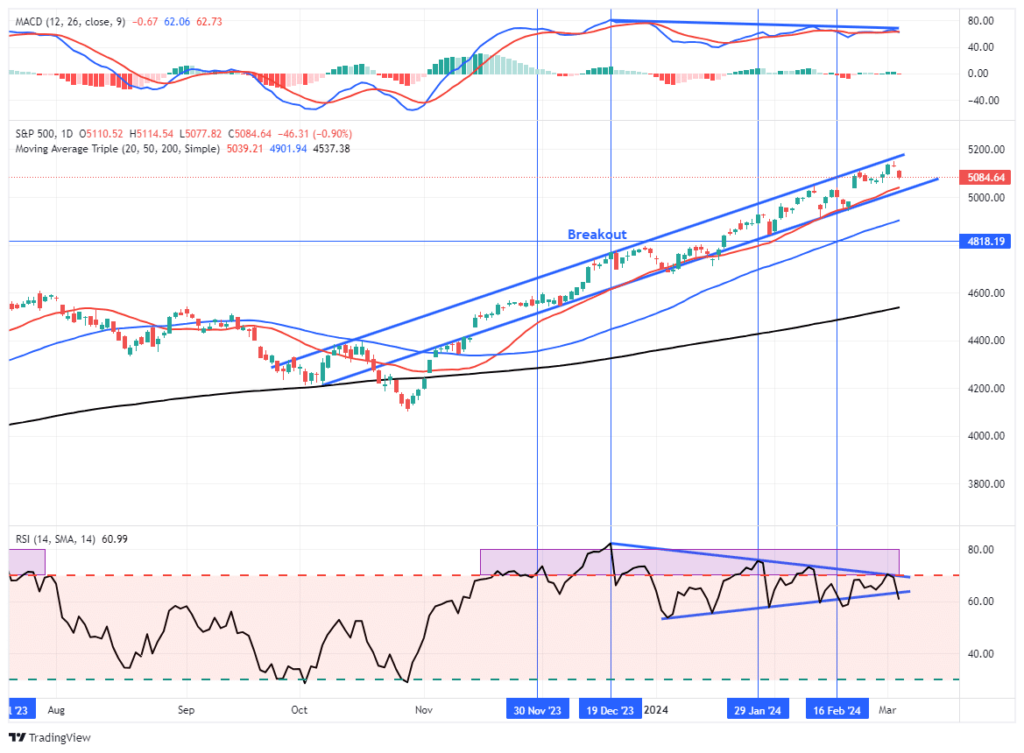
The one chart we remain focused on is our weekly money-flow index. While the buy signal is still firmly intact, we see some weakness emerging from the lower indicator. The spread in the MACD is beginning to close, which is a potential precursor to a more significant market decline. When this weekly indicator triggers a sell signal, that will be the time to reduce equity exposures and hedge risk more aggressively.
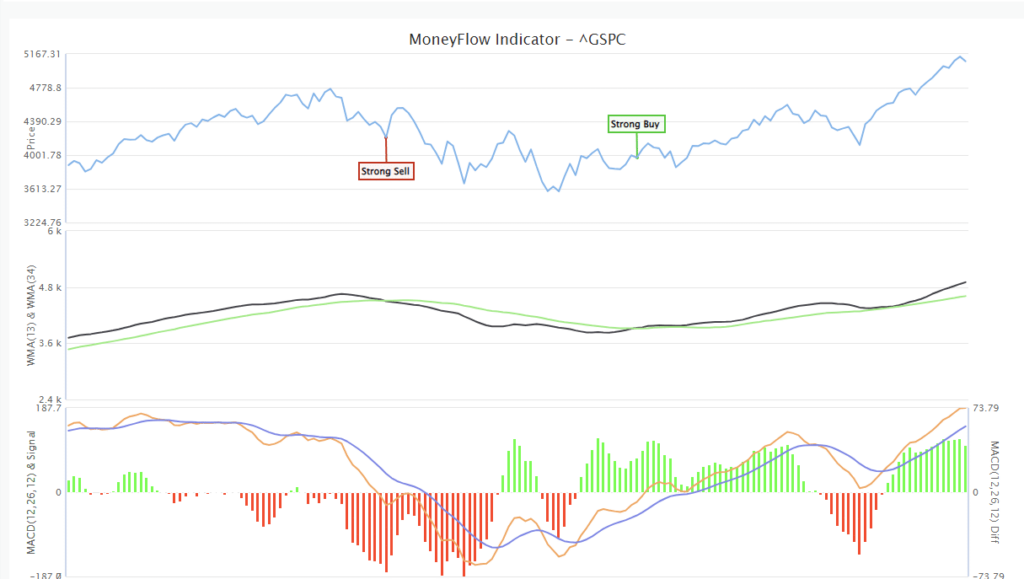

Target Shares Jump But It Has A Lot Of Catching Up Versus Walmart
In its Monday quarterly earnings report, Target reported EPS of $2.98 a share, well above last year’s $1.89 and estimates of $2.42. Sales continued to decline, but they were better than expected. The stock responded nicely to earnings, rising 11% in the pre-market. Fueling the gains is a positive outlook for the consumer. They expect sales for the coming year will be up 1% on average, slightly above expectations.
As shown below, Target has been grossly underperforming Walmart, its chief rival. However, Target has recovered nicely since December. Target is still down almost 50% from its late 2021 peak, while Walmart trades at record highs. The difference is also evident in their evaluations. Walmart trades at a P/E of 31, while Target is close to 20. Clearly, investors expect more growth from Walmart than from Target.
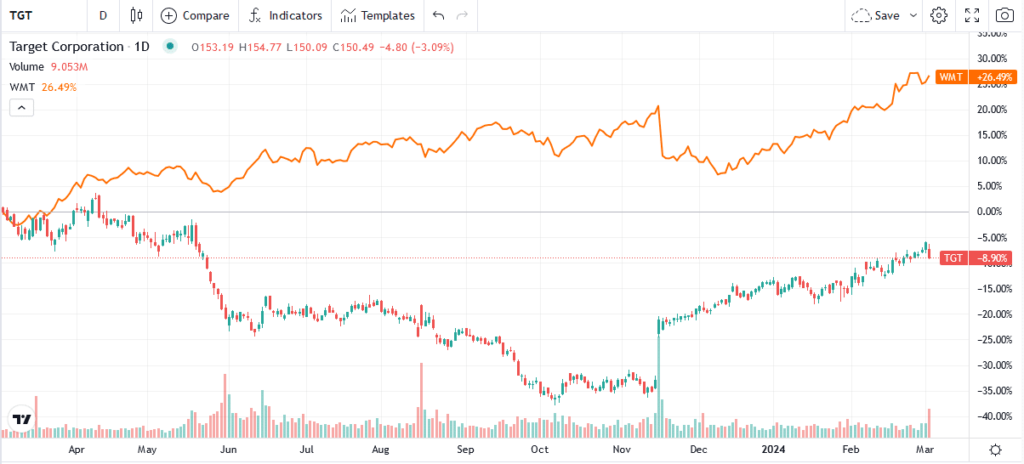
ISM – Service Sector Showing Declining Inflationary Pressures
With the service sectors driving economic growth and contributing to sticky prices, yesterday’s latest ISM service sector survey was of particular interest to the market. The headline index fell from 53.4 to 52.6, below expectations of 53.0. More importantly, prices paid fell appreciably from 64.0 to 58.6. Employment dropped from 50.5 to 48.0, pushing it into economic contraction territory. On the positive side, new orders rose from 55.0 to 56.1.
The graph below, courtesy of Longview Economics, shows that their blended ISM price indexes are turning lower. The correlation between CPI and the ISM price gauges tends to be robust. The price indexes have been ticking up over the last few months, so it will be interesting to see if the recent decline continues with the longer-term lower trend in prices or if it is on a one-month hiatus for its shorter-term trend higher.
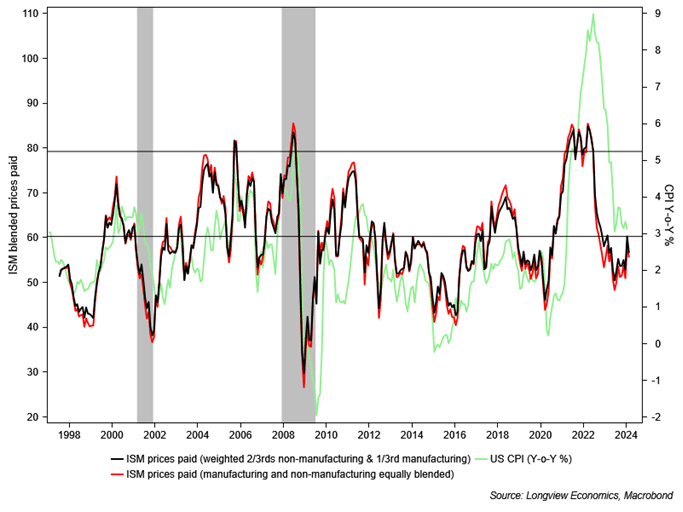
Tweet of the Day
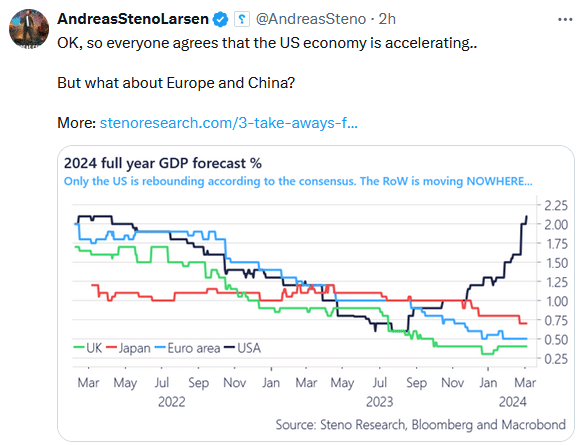
“Want to have better long-term success in managing your portfolio? Here are our 15-trading rules for managing market risks.”
Please subscribe to the daily commentary to receive these updates every morning before the opening bell.
If you found this blog useful, please send it to someone else, share it on social media, or contact us to set up a meeting.


